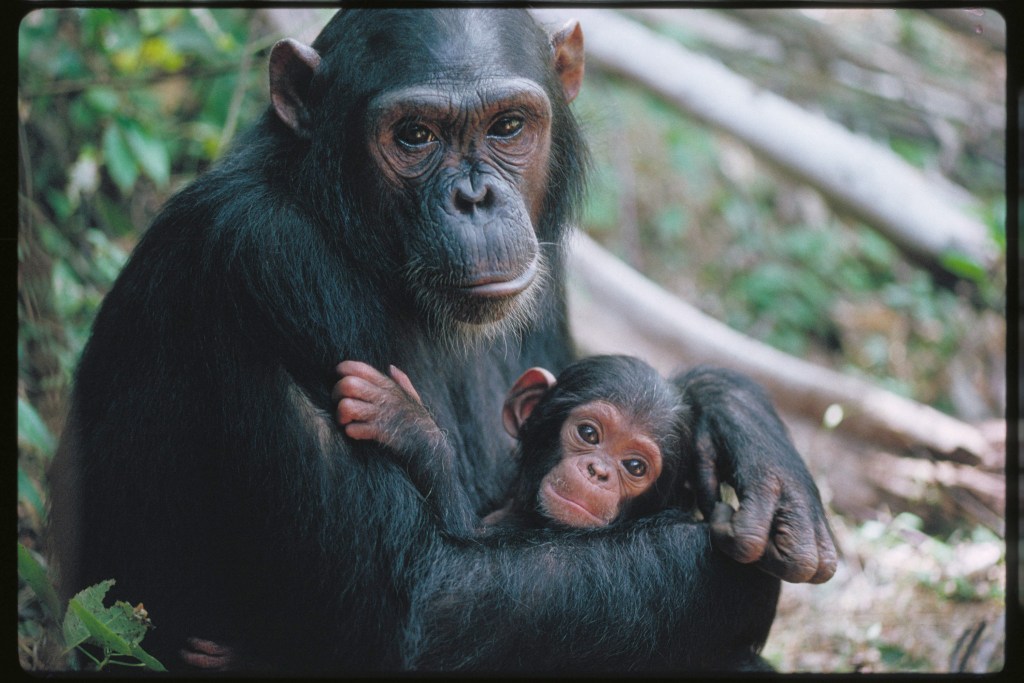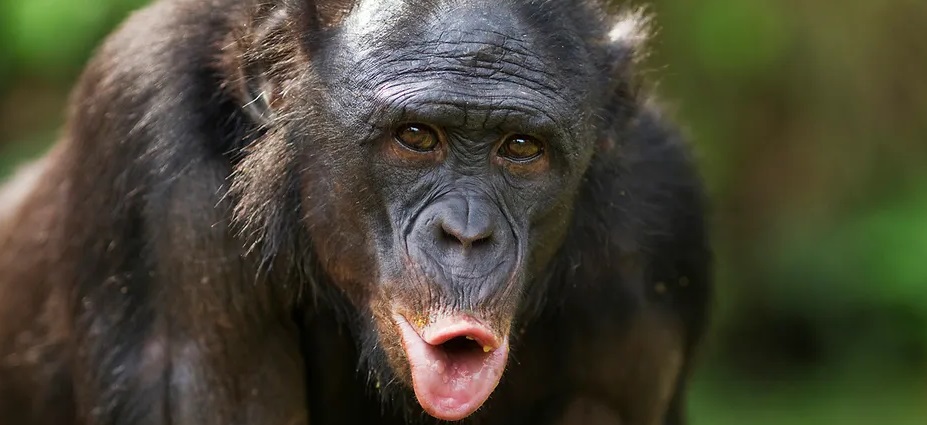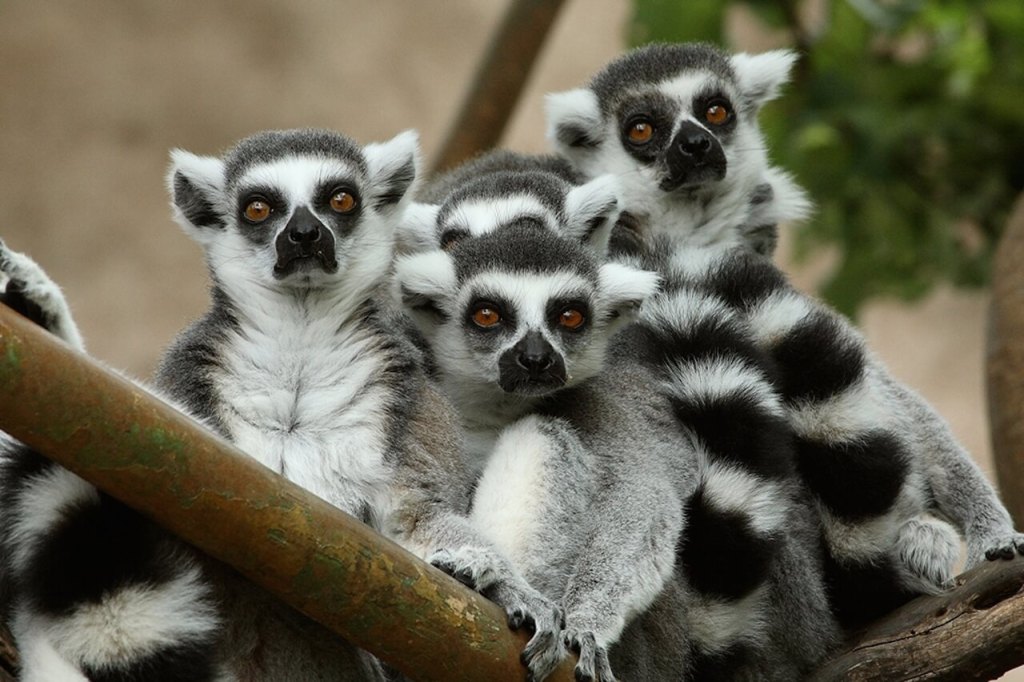Epigraph:
“Glorify the name of your Lord the Most High. Who created and made man flawless, Who determined the measure of his faculties and guided them accordingly.” (Al Quran 87:1-3)
“What is the matter with you? Why will you not fear God’s majesty, when He has created you stage by stage? Have you ever wondered how God created seven heavens, one above the other, placed the moon as a light in them and the sun as a lamp, how God made you spring forth from the earth like a plant, how He will return you into it and then bring you out again, and how He has spread the Earth out for you to walk along its spacious paths?” (Al Quran 71:13-20)
Written and collected by Zia H Shah MD, Chief Editor of the Muslim Times
The Human Genome Project was a large, well-organized, and highly collaborative international effort that generated the first sequence of the human genome and that of several additional well-studied organisms. Carried out from 1990–2003, it was one of the most ambitious and important scientific endeavors in human history.
The sequence of the human genome generated by the Human Genome Project was not from a single person. Rather, it reflects a patchwork from multiple people whose identities were intentionally made anonymous to protect their privacy.
The project researchers used a thoughtful process to recruit volunteers, acquire their informed consent, and collect their blood samples. Most of the human genome sequence generated by the Human Genome Project came from blood donors in Buffalo, New York; specifically, 93% from 11 donors, and 70% from one donor.
In April 2003, the consortium announced that it had generated an essentially complete human genome sequence, which was significantly improved from the draft sequence. Specifically, it accounted for 92% of the human genome and less than 400 gaps; it was also more accurate.
On March 31, 2022, the Telomere-to-Telomere (T2T) consortium announced that had filled in the remaining gaps and produced the first truly complete human genome sequence.
The Chimpanzee Genome Project was an effort to determine the DNA sequence of the chimpanzee genome. Sequencing began in 2005 and by 2013 twenty-four individual chimpanzees had been sequenced. This project was folded into the Great Ape Genome Project.[1]
In 2013 high resolution sequences were published from each of the four recognized[2][3] chimpanzee subspecies: Central chimpanzee, Pan troglodytes troglodytes, 10 sequences; Western chimpanzee, Pan troglodytes verus, 6 sequences; Nigeria-Cameroon chimpanzee, Pan troglodytes ellioti, 4 sequences; and Eastern chimpanzee, Pan troglodytes schweinfurthii, 4 sequences.
Chimpanzees now have to share the distinction of being our closest living relative in the animal kingdom. An international team of researchers has sequenced the genome of the bonobo for the first time, confirming that it shares the same percentage of its DNA with us as chimps do. The team also found some small but tantalizing differences in the genomes of the three species—differences that may explain how bonobos and chimpanzees don’t look or act like us even though we share about 99% of our DNA.
“We’re so closely related genetically, yet our behavior is so different,” says team member and computational biologist Janet Kelso of the Max Planck Institute for Evolutionary Anthropology in Leipzig, Germany. “This will allow us to look for the genetic basis of what makes modern humans different from both bonobos and chimpanzees.”
Ever since researchers sequenced the chimp genome in 2005, they have known that humans share about 99% of our DNA with chimpanzees, making them our closest living relatives. But there are actually two species of apes that are this closely related to humans: bonobos (Pan paniscus) and the common chimpanzee (Pan troglodytes). This has prompted researchers to speculate whether the ancestor of humans, chimpanzees, and bonobos looked and acted more like a bonobo, a chimpanzee, or something else—and how all three species have evolved differently since the ancestor of humans split with the common ancestor of bonobos and chimps between 4 million and 7 million years ago in Africa.[1]
The bonobo genome shows that more than 3% of the human genome is more closely related to either bonobos or chimpanzees than these are to each other. This can be used to illuminate the population history and selective events that affected the ancestor of bonobos and chimpanzees. In addition, about 25% of human genes contain parts that are more closely related to one of the two apes than the other. Such regions can now be identified and will hopefully contribute to the unravelling of the genetic background of phenotypic similarities among humans, bonobos and chimpanzees.[2]
The analysis of female bonobo, Ulindi’s complete genome, reported online in Nature, in 2012, reveals that bonobos and chimpanzees share 99.6% of their DNA. This confirms that these two species of African apes are still highly similar to each other genetically, even though their populations split apart in Africa about 1 million years ago, perhaps after the Congo River formed and divided an ancestral population into two groups. Today, bonobos are found in only the Democratic Republic of Congo and there is no evidence that they have interbred with chimpanzees in equatorial Africa since they diverged, perhaps because the Congo River acted as a barrier to prevent the groups from mixing. The researchers also found that bonobos share about 98.7% of their DNA with humans—about the same amount that chimps share with us.[1]
These similarities are enough to prove that chimpanzees, bonobos and humans share common ancestry. Another proof of common ancestry comes from retroviruses that comprise almost 8% of the human genome. This is examined in a separate chapter: Our mammalian family and placenta: What a retrovirus did, humanity cannot.
The best argument for evolution and of our common ancestry with apes comes from our broken vitamin C gene.
Most animals are able to synthesize vitamin C or ascorbic acid from glucose in either the kidney or the liver. About 61 million years ago, some mammals and primates, including our human ancestors, lost the ability for this endogenous vitamin C synthesis. This occurred due to the inactivation of l-gulono-lactone oxidase (GLO) gene with the consequence that the last step of the ascorbate synthesis from glucose was blocked. From then on, these species, including some primates, guinea pigs and Indian fruit bats, have been dependent on dietary, daily intake of vitamin C.[3]
Kenneth R Miller is professor of molecular biology in Brown University. He is award winning author of books on evolution. In his book, Only a theory: Evolution and the Battle for America’s Soul, he beautifully describes the issue of Vitamin C:
The need for Vitamin C is also characteristic of a certain group of primates, the very ones that happen to be our closest evolutionary relatives. Orangutan, gorillas and chimps require vitamin C, as do some other primates, such as macaques. But more distantly related primates, including those known as prosimians, have fully functional GLO genes. That means that the common ancestor in which the capacity to make vitamin C was originally lost wasn’t a human, but a primate.[4]
Prosimians like lemurs and some monkeys do not need vitamin C in their diet for they can make it from simpler ingredients, but, our closely related primates do. Miller explains further with a good paragraph with a pithy punch line conclusion:
But the interesting part of the story is that we aren’t exactly missing GLO gene. In fact, it is right there on chromosome 8, in pretty much the same relative position in our genome where it is found in other mammals. The problem is that our copy of the GLO gene has accumulated so many mutations, in the form of changes in the DNA base sequence, that it no longer works. We have got to include vitamin C in our diets because we carry a defective version of our GLO gene. In effect, we all suffer from a genetic disease, which we can correct only by including vitamin C in our diets. What follows, of course, is a very logical question. If the designer wanted us to be dependent on vitamin C, why didn’t he just leave out the GLO gene from the plan of our genome? Why is its corpse still there?[5]
Richard Dawkins describes human journey of evolution from unicellular organisms to the modern era, but traveling backwards in a reverse direction, starting with modern humans, through apes, through primates, rodents and rabbits and so on. His book is The Ancestor’s Tale: A Pilgrimage to the Dawn of Evolution. As we travel back through time and as two species join into a common species or a common ancestor, he names that common ancestor a ‘concestor.’ He writes about the common ancestry between the modern humans and the present day chimpanzees:
Between 5 and 7 million years ago, somewhere in Africa, we human pilgrims enjoy a momentous encounter. It is Rendezvous 1, our first meeting with pilgrims from another species. Two other species to be precise, for the common chimpanzee pilgrims and the pygmy chimpanzee or bonobo pilgrims have already joined forces with each other some 4 million years ‘before’ their rendezvous with us. The common ancestor we share with them, Concestor 1, is our 250,000-greats-grandparent — an approximate guess this, of course, like the comparable estimates that I shall be making for other concestors.
As we approach Rendezvous 1, then, the chimpanzee pilgrims are approaching the same point from another direction. Unfortunately we don’t know anything about that other direction. Although Africa has yielded up some thousands of hominid fossils or fragments of fossils, not a single fossil has ever been found which can definitely be regarded as along the chimpanzee line of descent from Concestor 1. This may be because they are forest animals, and the leaf litter of forest floors is not friendly to fossils. Whatever the reason, it means that the chimpanzee pilgrims are searching blind. Their equivalent contemporaries of the Turkana Boy, of 1470, of Mrs Ples, Lucy, Little Foot, Dear Boy, and the rest of ‘our’ fossils — have never been found.[6]
The next meeting points or rendezvous are with the Gorillas, orangutans, gibbons, old world monkeys, new world monkeys, tarsiers, lemurs and bushbabies, colugos and tree shrews and rodents and rabbits to name the first 10 rendezvous with us, the modern humans. By the time our ancestors meet the ancestors of rodents (rats) and rabbits, we have travelled backward in our evolutionary journey some 75 million years.
Chimpanzees and humans are closely related, sharing 95% of their DNA sequence and 99% of coding DNA sequences. Hybridization between chimpanzees and bonobos has been documented, as they share 99.6% of their genomes. However, genetic similarity, and thus the chances of successful hybridization, is not always correlated with visual appearances. For example, pugs and huskies look quite dissimilar, but belong to the same species and subspecies and can hybridize freely. On the other hand, rabbits and hares look very similar, but are only distantly related and cannot hybridize.[7]
All great apes have similar genetic structure. Humans have one pair fewer chromosomes than other apes, as humans have 23 chromosome pairs, and chimpanzees have 24, with ape chromosomes 2 and 4 fused in the human genome into a large chromosome (which contains remnants of the centromere and telomeres of the ancestral 2 and 4). Chromosomes 6, 13, 19, 21, 22, and X are structurally the same in all great apes. Chromosomes 3, 11, 14, 15, 18, and 20 match between gorillas, chimpanzees, and humans. Chimpanzees and humans match on 1, 2p, 2q, 5, 7–10, 12, 16, and Y as well. Some older references include Y as a match between gorillas, chimpanzees, and humans, but chimpanzees, bonobos, and humans have recently been found to share a large transposition from chromosome 1 to Y not found in other apes.[8]
This is the scientific understanding of apes and our common ancestry. But, they are mentioned at least three times in the Quran as well:
The [Muslim] believers, the Jews, the Christians, and the Sabians –– all those who believe in God and the Last Day and do good–– will have their rewards with their Lord. No fear for them, nor will they grieve. Remember when We took your pledge, and made the mountain tower high above you, and said, ‘Hold fast to what We have given you and bear its contents in mind, so that you may be conscious of God.’ Even after that you turned away. Had it not been for God’s favor and mercy on you, you would certainly have been lost. You know about those of you who broke the Sabbath, and so We said to them, ‘Be like apes! Be outcasts!’ We made this an example to those people who were there at the time and to those who came after them, and a lesson to all who are mindful of God. (Al Quran 2:62-66)
Say [Prophet], ‘People of the Book, do you resent us for any reason other than the fact that we believe in God, in what has been sent down to us, and in what was sent before us, while most of you are disobedient?’ Say, ‘Shall I tell you who deserves a worse punishment from God than [the one you wish upon] us? Those God distanced from Himself, was angry with, and condemned as apes and pigs, and those who worship idols: they are worse in rank and have strayed further from the right path. (Al Quran 5:59-60)
[Prophet], ask them about the town by the sea; how its people broke the Sabbath when their fish surfaced for them only on that day, never on weekdays–– We tested them in this way: because of their disobedience––how, when some of them asked [their preachers], ‘Why do you bother preaching to people God will destroy, or at least punish severely?’ [the preachers] answered, ‘In order to be free from your Lord’s blame, and so that they may perhaps take heed.’ When they ignored [the warning] they were given, We saved those who forbade evil, and punished the wrongdoers severely because of their disobedience. When, in their arrogance, they persisted in doing what they had been forbidden to do, We said to them, ‘Be like apes! Be outcasts!’ (Al Quran 7:163-166)
Some Muslim scholars with dogmatic approach to life take these verses literally and think that some apes may have devolved from the humans as a punishment of God, but, the more insightful Muslim commentators take these verses to be metaphorical.
So, the best understanding of our relationship with apes comes from the verses that refer to evolution, including the ones used as epigraph in this chapter and the latest evidence from molecular biology and genetics.
So, if the above mentions in the Quran about apes are a metaphor what else is a metaphor in the Quran?
References
- https://www.science.org/content/article/bonobos-join-chimps-closest-human-relatives
- https://www.nature.com/articles/nature11128
- https://academic.oup.com/emph/article/2019/1/221/5556105
- Kenneth R Miller. Only a theory: Evolution and the Battle for America’s Soul. Penguin books, 2009. Page 99.
- Kenneth R Miller. Only a theory: Evolution and the Battle for America’s Soul. Penguin books, 2009. Page 98.
- Prof. Richard Dawkins. The Ancestor’s Tale: A Pilgrimage to the Dawn of Evolution. Publisher: Houghton Mifflin Harcourt (2004); page 100.
- https://en.wikipedia.org/wiki/Humanzee
- Wimmer R, Kirsch S, Rappold GA, Schempp W (2002). “Direct Evidence for a Pan–Homo Clade”. Chromosome Research. 10 (1): 55–61.




